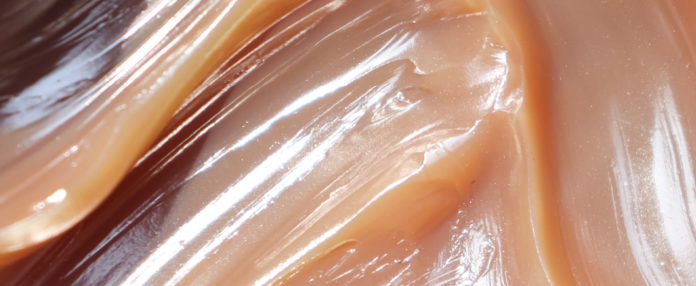The grease industry’s use of lithium soap thickeners continued to decline in 2023 both worldwide and in North America, as producers looked for ways to counter increased lithium costs.
Conventional and complex lithium soap thickeners were used in a combined 58% of grease produced around the world last year, according to the National Lubricating Grease Institute’s 2023 Annual Production Survey, released last week. That’s down from 70% in 2020.
In North America the portion of production made with lithium thickeners is greater and has been dropping more slowly. Those varieties were used in 61% of production in 2023, down from 65% in 2020.
Lithium varieties have long been by far the most popular types of thickeners used by the grease industry, but producers around the world began shifting to other types the past few years as lithium prices shot up due to the growing popularity of electric vehicles. Most EVs have lithium-ion batteries, and they now are the largest application for the chemical. Previously global demand divided fairly evenly between batteries, glass and grease.
From 2021 to 2022, prices for lithium hydroxide jumped around seven-fold although they’ve since fallen back to not much more than 2021 levels – around $14,000 per metric ton in Europe in the first quarter.
Globally, the decline has been mostly in the use of conventional lithium soaps. They were used in 59% of grease production in 2020 but just 39% in 2023, according to the survey. Over that same period the portion of products made with complex varieties slipped from 20% to 19%. In North America, the decline was more even. Portions made with conventional and complex lithium soaps were 20% and 45%, respectively in 2020, compared to 18% and 43% respectively in 2023.
Globally calcium thickeners were the main replacement for lithium. Hydrated and anhydrous calcium thickeners, calcium sulfonate and complex calcium thickeners were used in a combined 24% of production in 2023, up from 15% in 2020. Anhydrous accounted for most of that increase, having risen from 7% to 15% over that period. Global use of polyurea thickeners rose from 7% to 10%.
The shift to calciums has been much less dramatic in North America, having risen from 11.7% in 2020 to 12.4% in 2023. Larger shifts were made in the use of complex aluminum soaps, which rose from 8% to 9%, and polyurea, which increased from 6% to 8%.
The survey by NLGI, a trade association headquartered in Liberty, Missouri, is considered the most comprehensive measure of grease production in the world, but the organization acknowledges that participation has declined in recent years, eroding its reliability as a gauge of the industry’s size or its statistical validity for comparing year-to-year changes in some regions.
Chuck Coe, president of Grease Technology Solutions, which conducts the survey on NLGI’s behalf, said year-to-year comparisons are still valid for global production and for North America. The full 27-page report of 2023 grease production includes data going back to 2020 and is available to download at the NLGI website. NLGI member companies can obtain a free copy, and nonmembers may purchase the report, which contains data categorized by geographic region, thickener type, base oil type and year.
